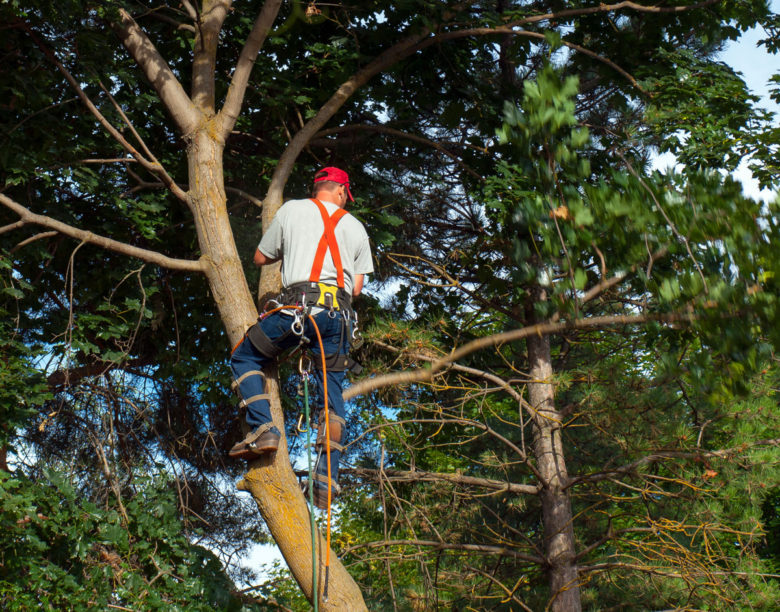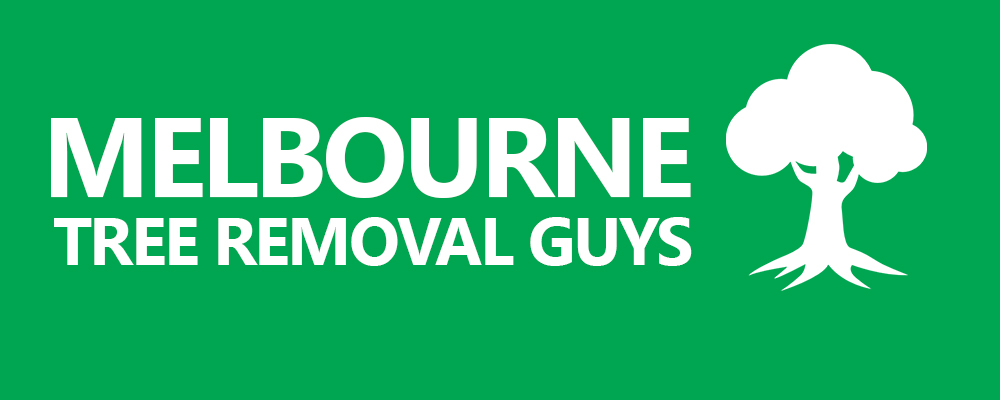Tree Care Tips—Preparing Your Trees For Summer Storms
 Summer isn’t quite here yet, and chances are we still have some cold days ahead of us. Even then, once the worst of the cold days pass, we still have the windy days of summer coming. Are your trees prepared for when the wind blasts down from the Rockies and comes roaring?
Summer isn’t quite here yet, and chances are we still have some cold days ahead of us. Even then, once the worst of the cold days pass, we still have the windy days of summer coming. Are your trees prepared for when the wind blasts down from the Rockies and comes roaring?
Preventive Tree Pruning and Maintenance
Like with so many other things in life, the best way to prevent tree problems is regular tree maintenance. Happy and healthy trees are also strong trees that aren’t easily susceptible to disease, wind damage, and structural problems. So how do you ensure your trees are healthy? There are a number of ways, and perhaps the most reliably effective is through regular pruning, trimming, and inspections carried out by trained tree care professionals. If you are in the area and would like to schedule tree pruning, give us a call.
What to Look for
While we recommend hiring an arborist or professional tree service provider to ensure the health of your trees, there are a number of glaring signs you can look for that may indicate that your tree is sick. Below are some signs of tree disease and sickness:
Thinning Canopy—do your trees have a lush canopy of leaves? In the past, have they had a much fuller canopy? Are there bare branches? If you notice that the leaves on your tree seem to be thinning, this could be a sign that your tree has a disease.
Discolored Leaves—similar to the fullness of the canopy, if the leaves on your tree look discolored and undersized (as compared to previous years), you may want to call a professional to assess the health of your tree.
Trunk Damage—trunk and structural damage is, for obvious reasons, a serious health risk for your trees. If you notice vertical cracks or spots where there is not bark, you will want to schedule an inspection before the strong storms of summer arrive.
Dead Wood—as the name suggests, this is not a good thing to notice on your tree. If you have branches that look and feel dry, brittle, and lifeless, your tree is likely suffering from a disease.
Decay—while the signs of internal rot can stay hidden for far too long, often times you will notice things like mushrooms, wood conchs, and other fungi on your tree. If you notice these signs, your tree may be infected. Call an arborist to get a professional diagnosis.
Care for Your Tree’s Roots
While most people think of limbs and branches when talking about tree care, the roots are equally as important. Up against a strong summer storm, for example, weak or damaged roots can lead to a tree splitting or falling. Root damage can be caused by a number of issues, including a change to the property, improper mulching, or even negligent mowing. Root care should be an essential part of your preventative maintenance. Strong roots hold up better in a storm, preventing a potentially costly cleanup and tree removal.
Look Out For Lightning
The benefits of a big, mature tree are seemingly endless—they provide shade, reduce home heating and cooling costs, look beautiful, and help the planet. However, the bigger they get, the greater the chances of them getting zapped by lightning. To protect your investment, consider installing a lightning protection unit. This system often consists of a copper conductor that is connected to a ground rod. If lightning strikes the tree, the protection system will direct the charge to the ground, reducing the chance of side-flash and damage to nearby structures.
